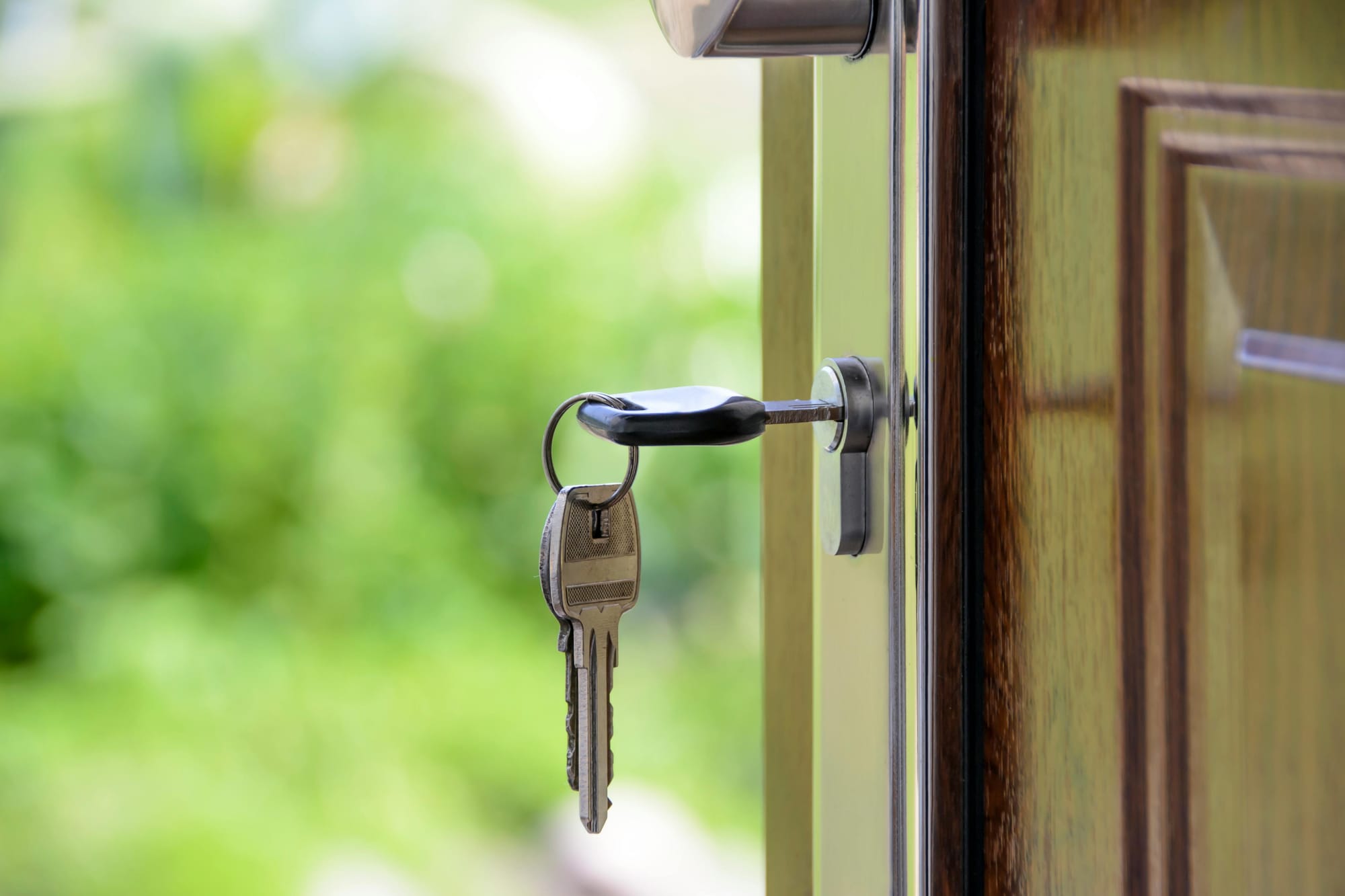Saving for a down payment is a crucial step towards homeownership. This initial investment significantly impacts affordability and secures favorable loan terms.
The concept of a dream home varies, encompassing unique desires and preferences. However, realizing this dream begins with a disciplined approach to saving.
Here are some tips for saving for your dream home. You will learn how to save for downpayment and organize your finances to buy a home.
Get A Free Mortgage QuoteHow to Save for a Down Payment?
Various public and private initiatives provide help with a down payment for qualified homebuyers. These initiatives can help with the down payment requirements of buying a property by offering grants, loans, or tax credits. Look into the programs offered in your area and see if you fit the conditions for qualifying.
Before applying, carefully study the terms and conditions of each program, as they vary. Down payment help can be useful for individuals who are purchasing a home for the first time or have limited finances.
Set Saving Goals
You must set a specific, attainable savings goal before you start saving for your ideal house. Investigate the standard down payment requirements in the housing market that you have your eye on first.
Depending on your financial situation and the type of mortgage you have, this might range from 3% to 20% of the purchase price. Remember that closing costs can raise upfront expenses by several thousand dollars.
Decide on a goal, then break it into smaller monthly or weekly savings goals. Calculating an achievable savings rate involves considering one’s income, expenses, and debts. Don’t forget about constancy.
Planning a Budget
A well-organized budget is needed to track your earnings and outgoings, find places to save money on your budget, and ensure you’re on target with saving.
Start by listing every income source and categorizing all your out-of-pocket expenses such as shelter, transport, foodstuffs, pleasure activities, and debt payment.
Keep reviewing your expenditure plan and adjust it as necessary. Determine whether any inessential expenditures, such as eating out or subscriptions, can be mitigated or eliminated altogether.
Making Your Savings Automatic
Establishing an automated savings account makes saving far more accessible and helps you keep yourself accountable. Make automatic monthly transfers from your checking account into specific savings or investment accounts. This way some of yourmoney will always be aimed at reaching a down payment goal.
Depending on the number of years before purchasing a home and risk tolerance, youcan choose between low-risk investing options or high-yield savings accounts.
Reduced Costing
One of the best ways to increase our savings rate is by cutting back on discretionary spending.Let's find out how we can save without reducing our quality of life, like cutting down on eating out, making homemade coffee instead of buying it, and canceling unused subscriptions.
Solutions for reducing regular bills include bargaining for better internet prices, cable charges, or insurance fees. Over time, even minor cuts can build up and make a significant difference towards your savings target.
Increasing Your Income
Increasing your income can hasten homeownership plans. For instance, explore career advancement options such as applying for promotions, or getting additional qualifications. Alternatively, think of freelancing or initiating a small business to increase your sources of income.
If you are employed, try negotiating for a raise or looking for commission-based work or incentives. Allocating each extra dollar to your down payment will speed up the process.
Making Good Use of Unexpected Incomes
Unexpected financial gains (bonuses, inheritances, and tax refunds) can accelerate savings toward purchasing a home. Instead of using these windfalls for luxury items, most of it should go towards your down payment. This could boost you and take you closer to finding your dream property.
Avoiding luxuries helps keep attention on the ultimate goal. Engaging wisely with any windfall helps bring youcloser to becoming a homeowner.
Investing Funds for Long-Term Growth
Consider putting some proportion of your savings into low-risk financial instruments that can grow over time. While keeping some part of the down payment liquid, such as putting it in a savings account, is essential, investing may eventually increase its worth.
You should consult with a financial advisor to guide you on suitable investments for your time horizon and risk appetite. They might help you create investments that together would give you the best returns and are consistent with your financial goals.
Avoid Debts
Debts with high interest rates, such as credit card debts and personal loans, can seriously prevent you from saving money.A portion of your income will gointo paying off interest.
To keep up with your debt repayment plan, pay your bills promptly and stop adding to what you owe.
Get A Free Mortgage QuoteKeep It Flexible
Saving for the home of your dreams is a long-term venture that requires commitment and self-discipline. You can remain focused by keeping your objective alive and reminding yourself about the benefits of homeownership. As you continue, keep track of how far you have gone and acknowledge any milestones achieved.
Any unplanned life adjustments may prevent you from sav. A reduced income or unexpected expenses will require adjustments to one’s budget and savings targets. Remember, however, that consistency is vital to achieve homeownership.
Wrap Up: How to Save for a Down Payment?
Saving for a dream house is a goal that may be accomplished with the appropriate methods and attitude. You can move closer to your ideal home by establishing specific objectives, making a budget, looking into other sources of income, and developing responsible spending habits.
Persistent work and dedication to long-term financial planning are essential for saving for your dream home. Put these strategies into practice now, and watch your dreams come true.







